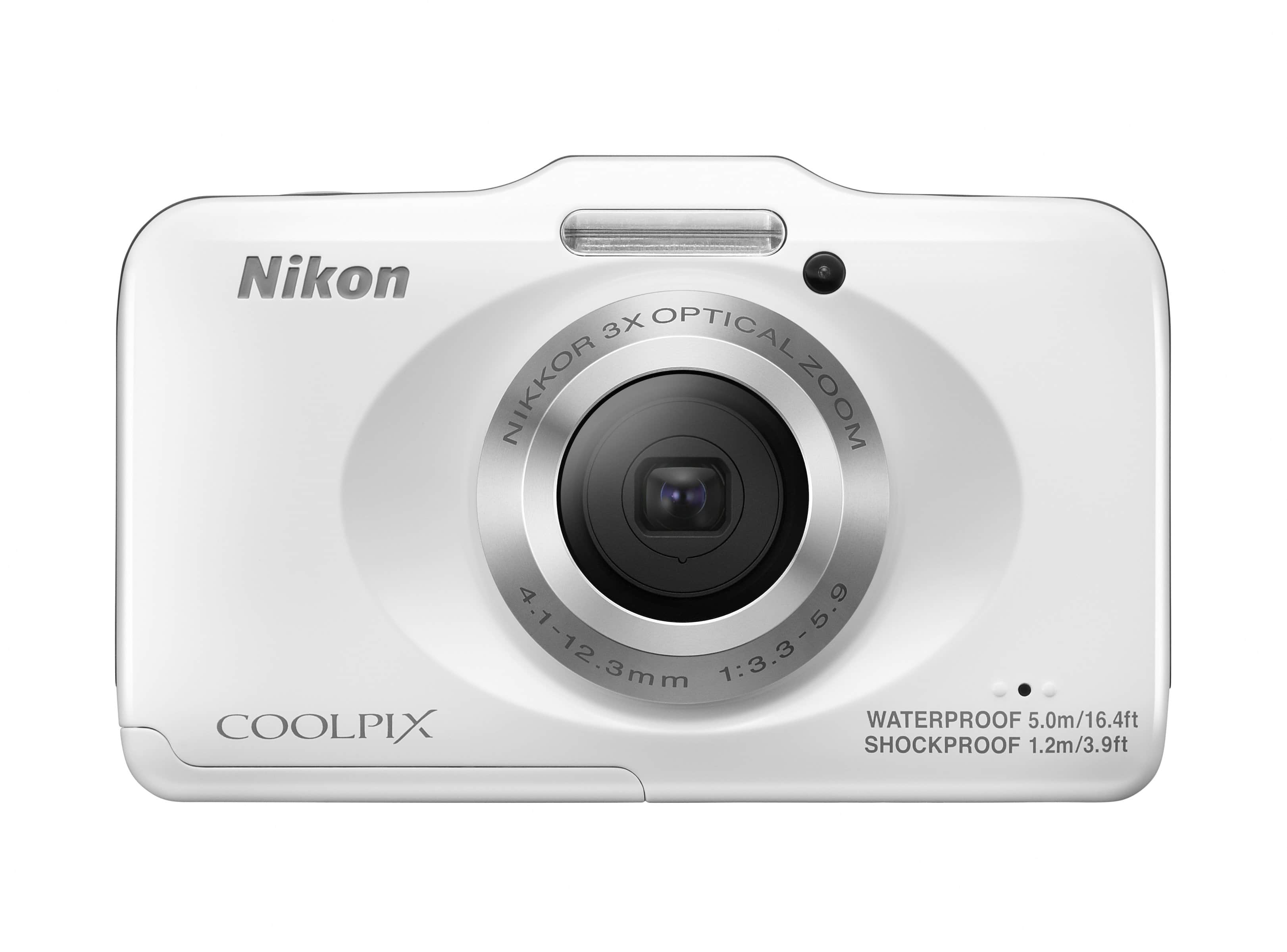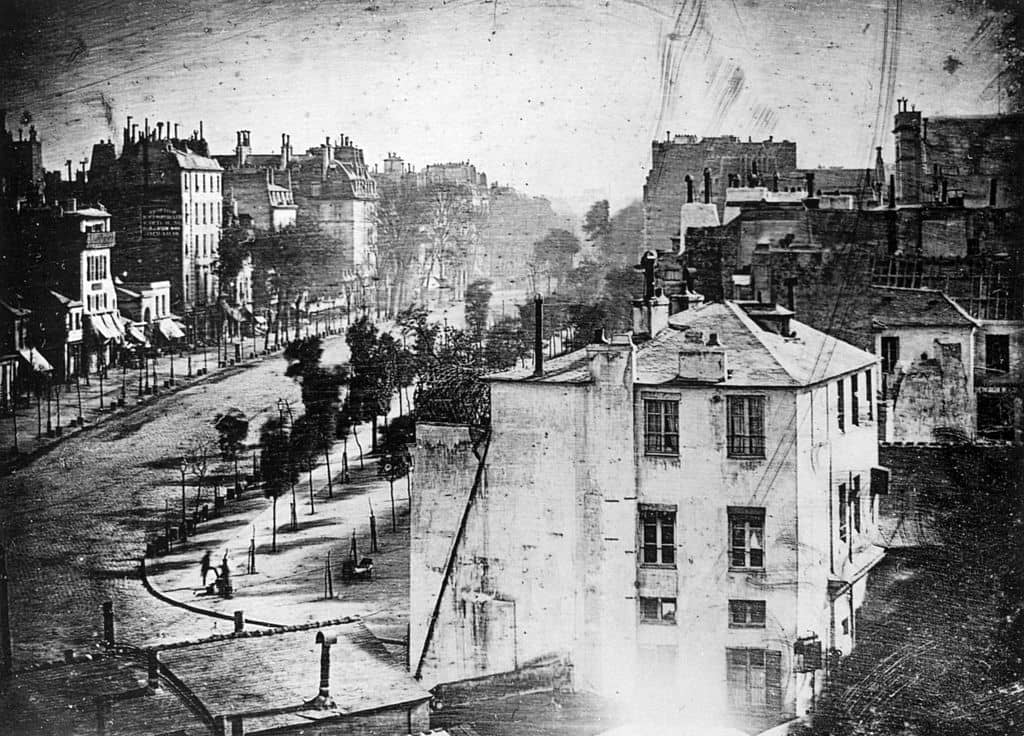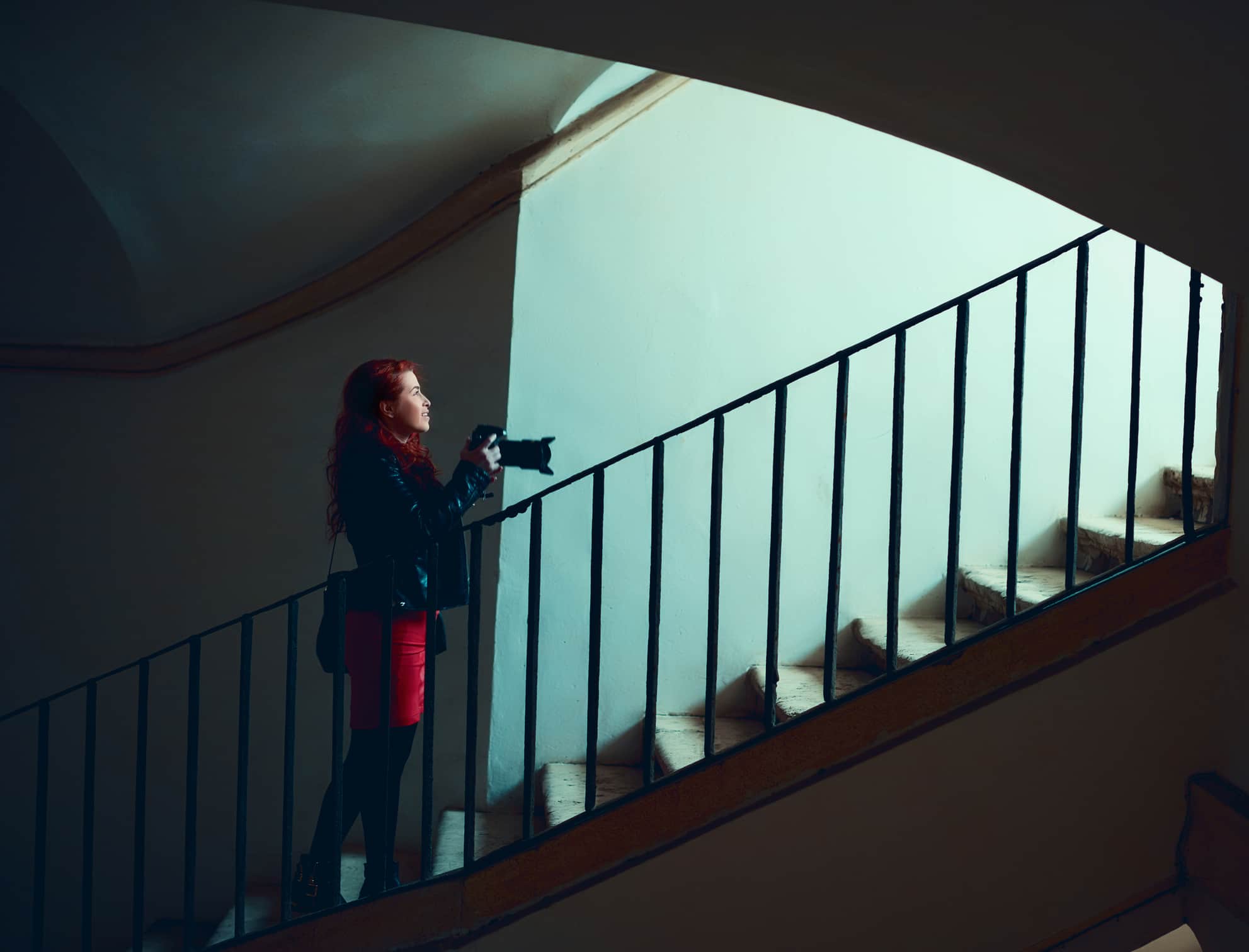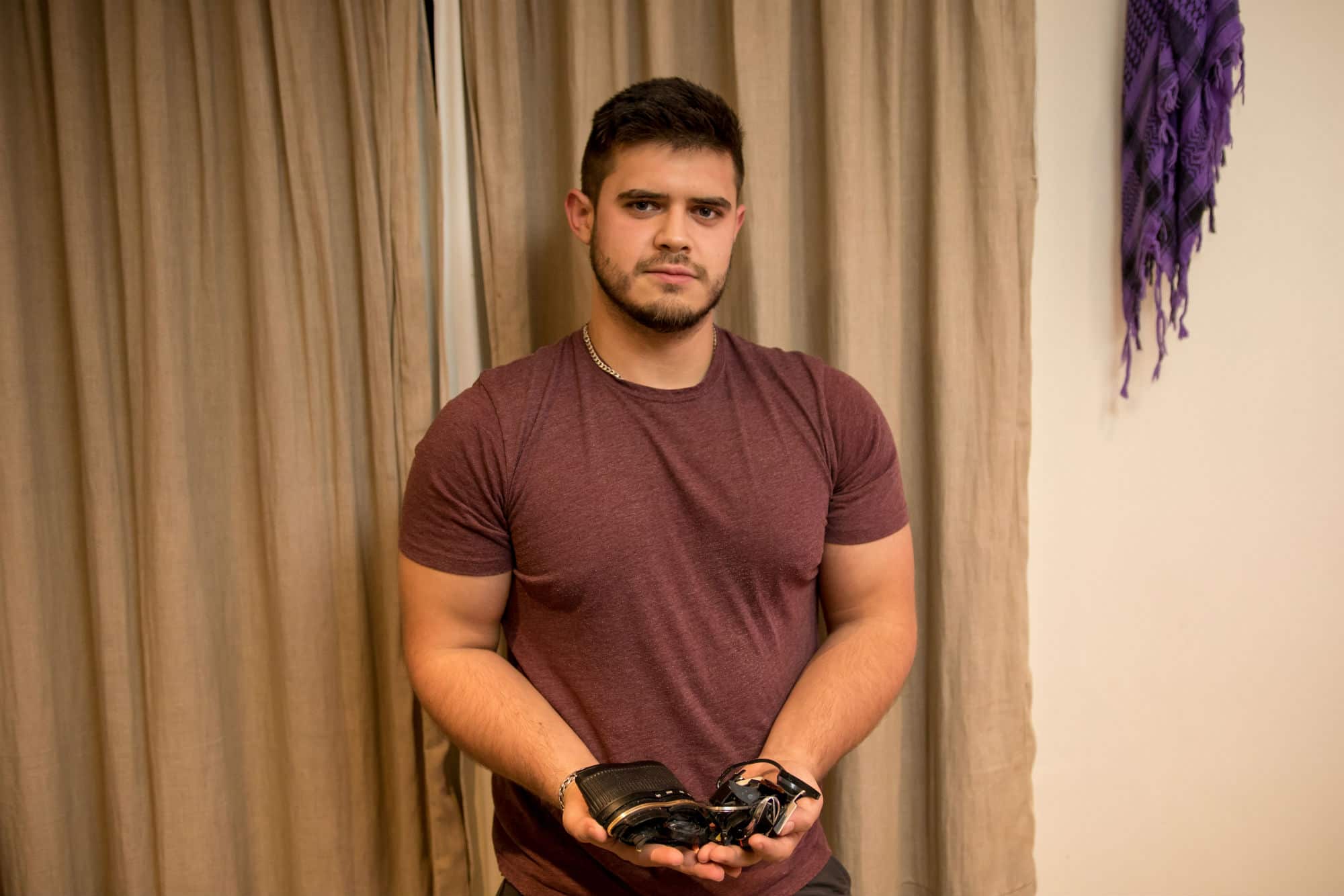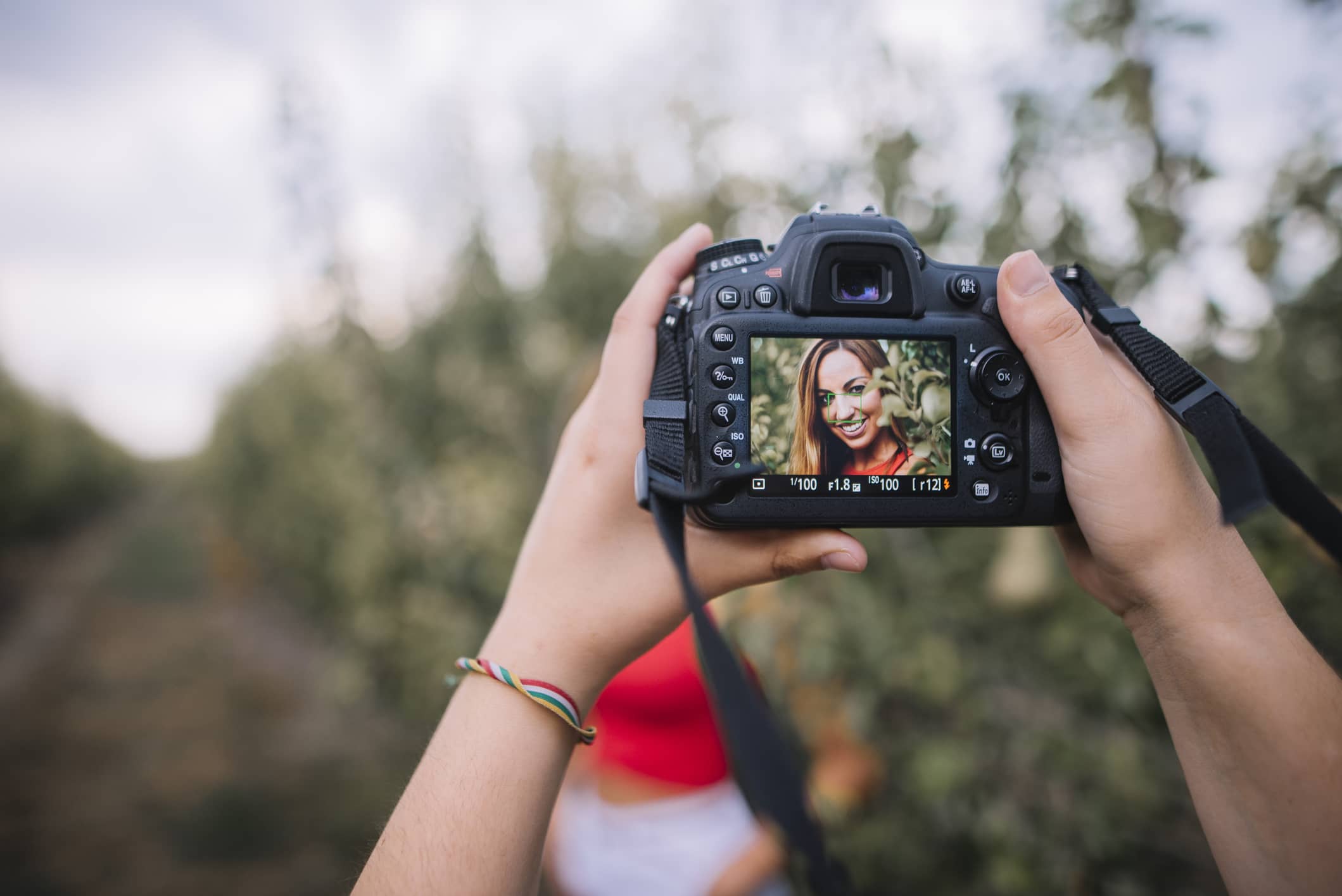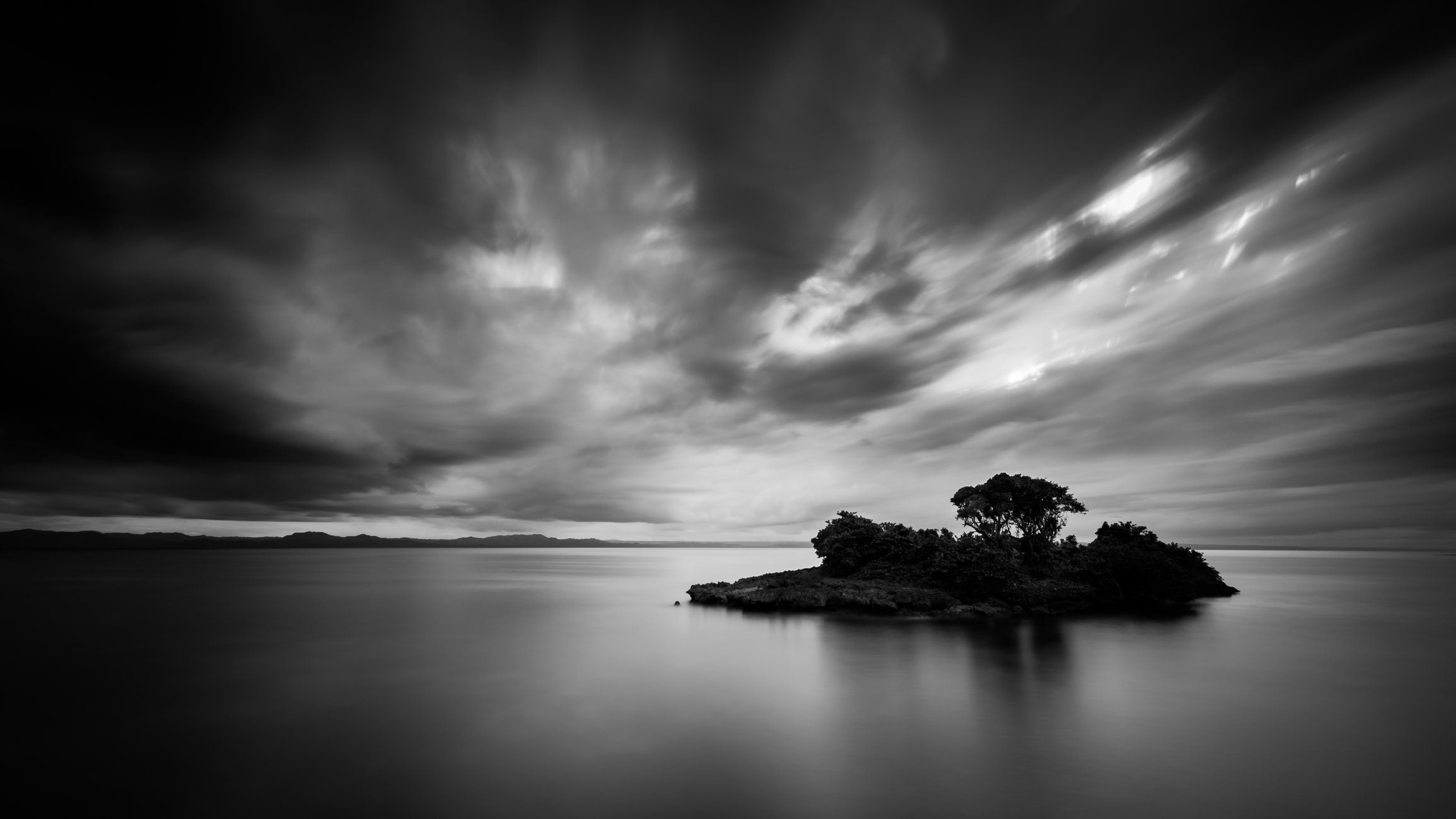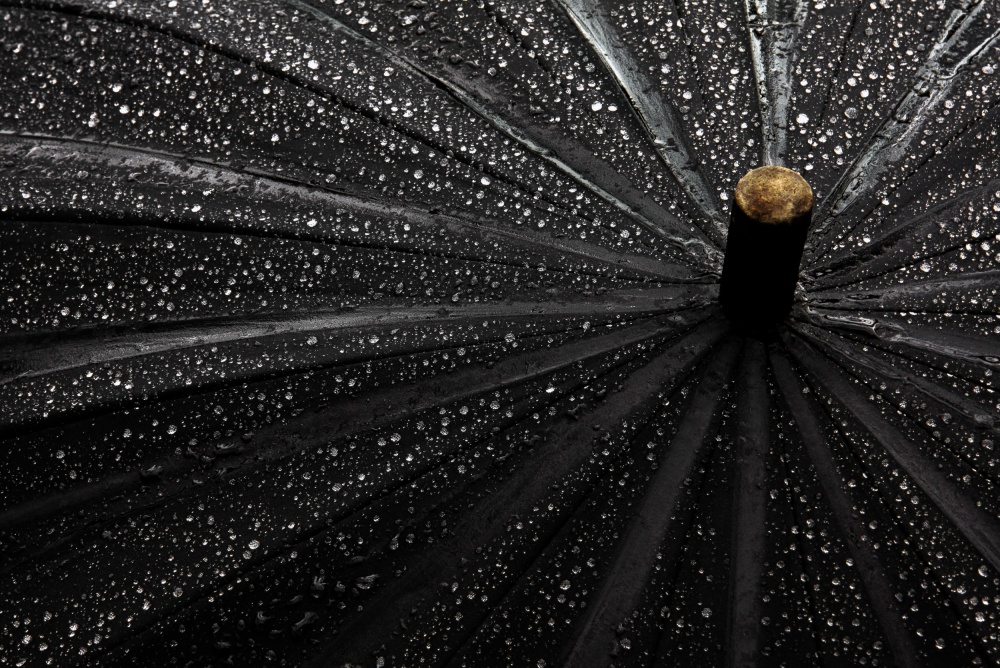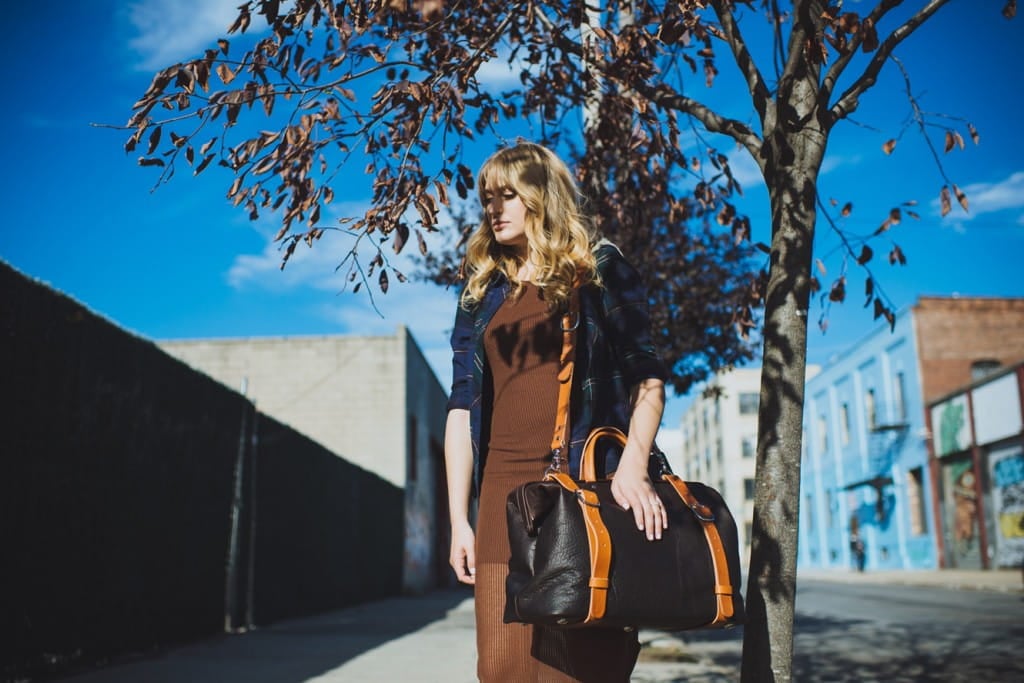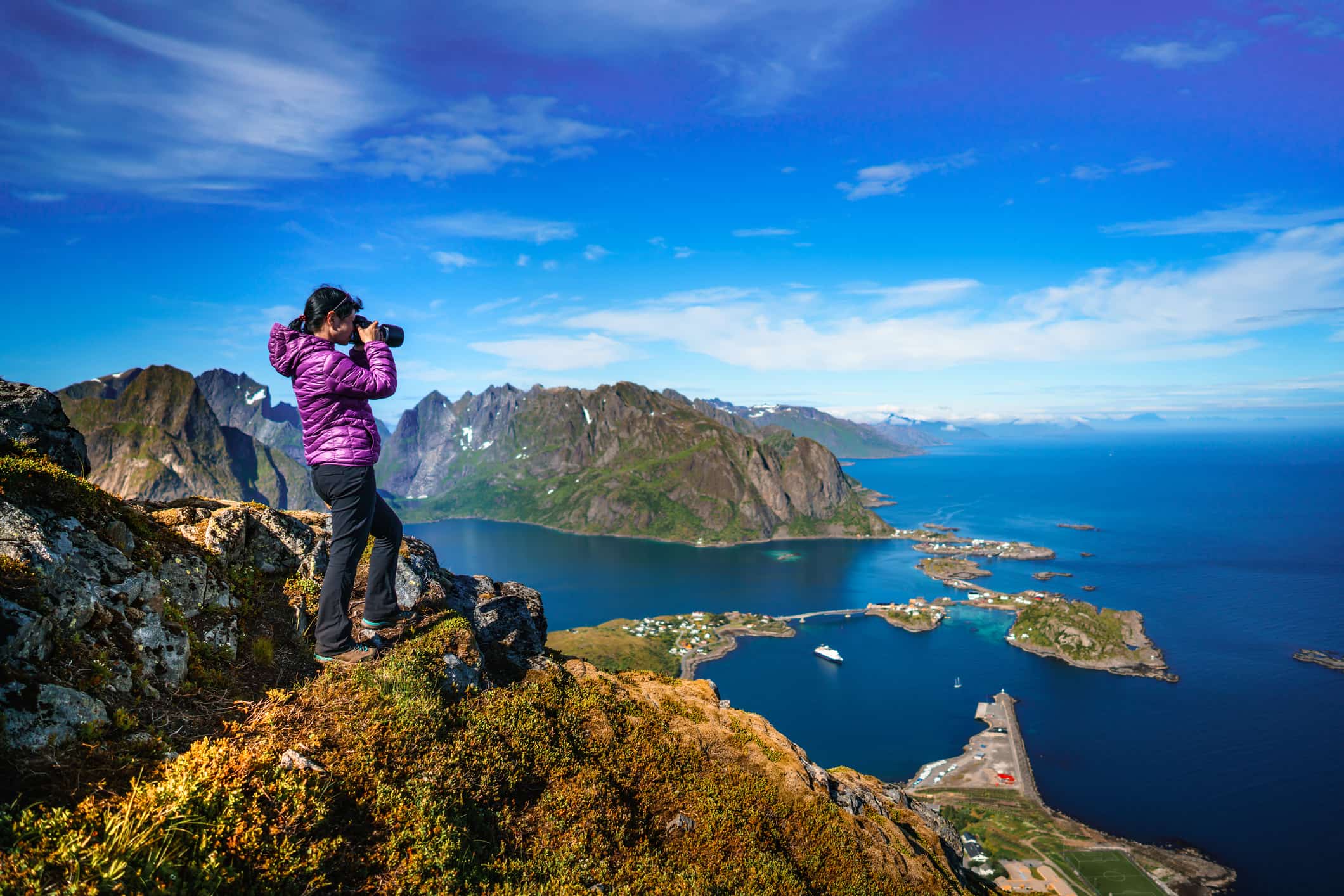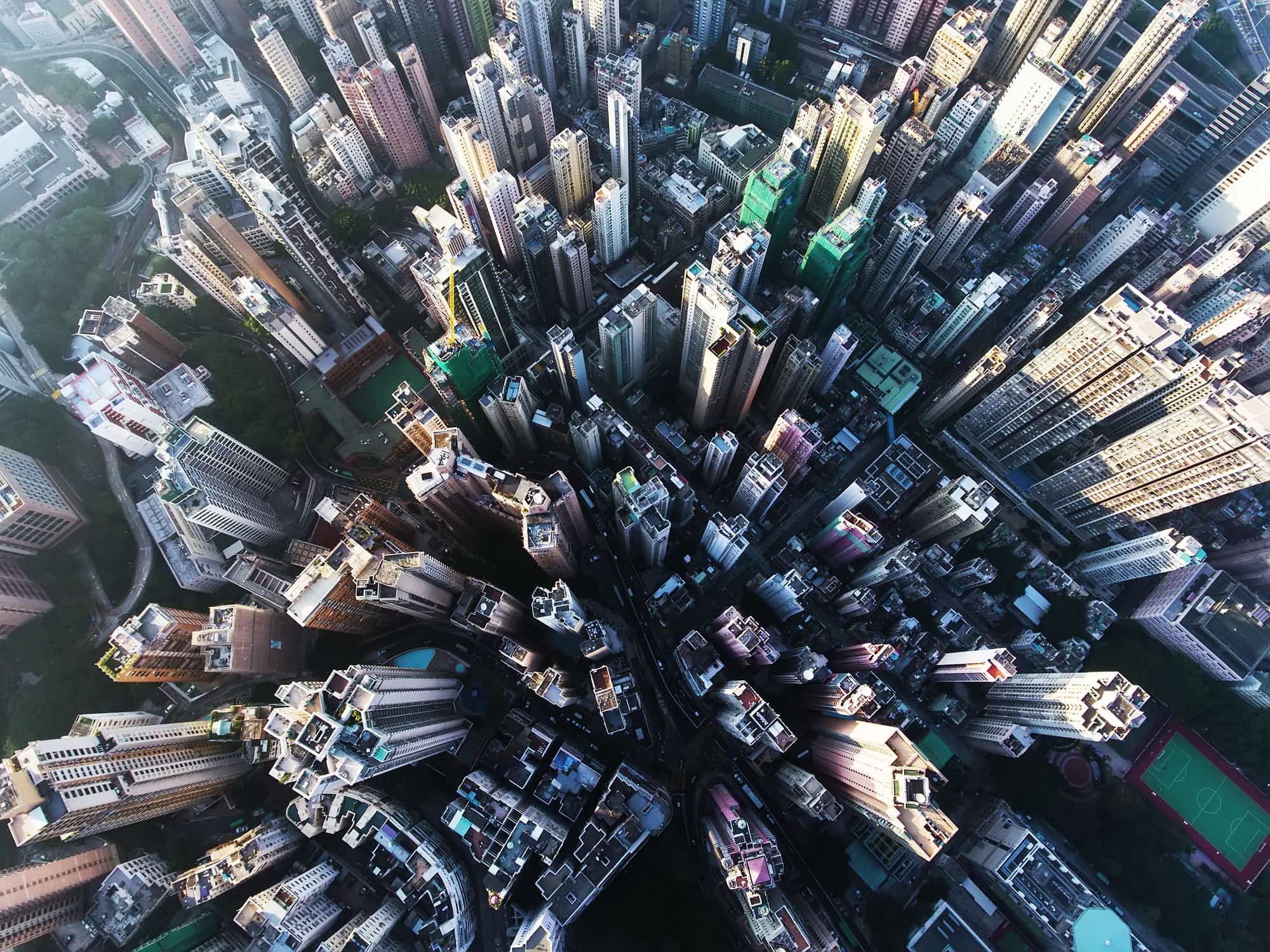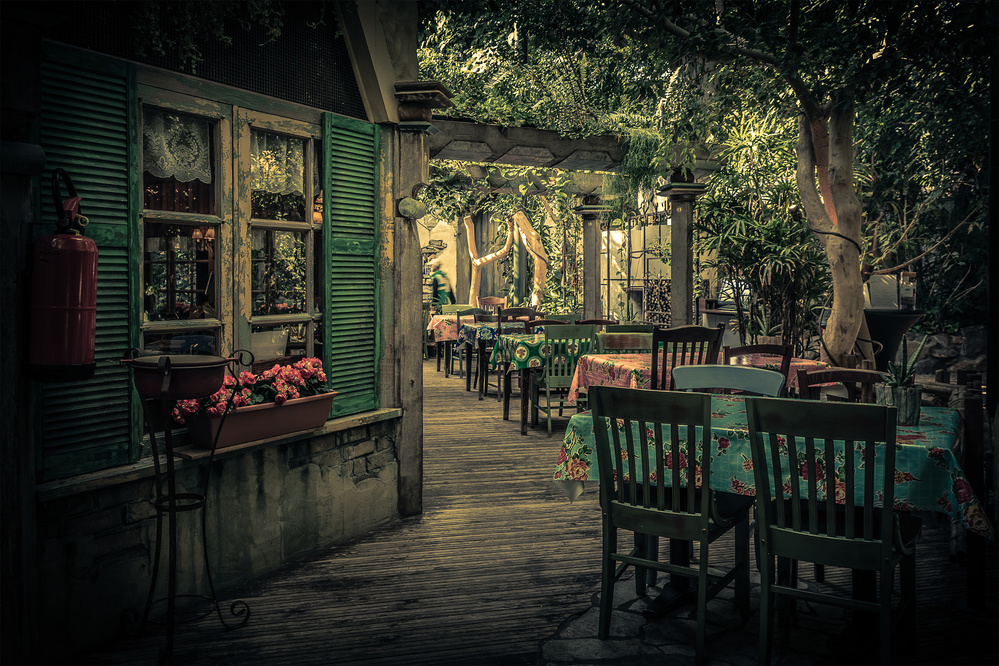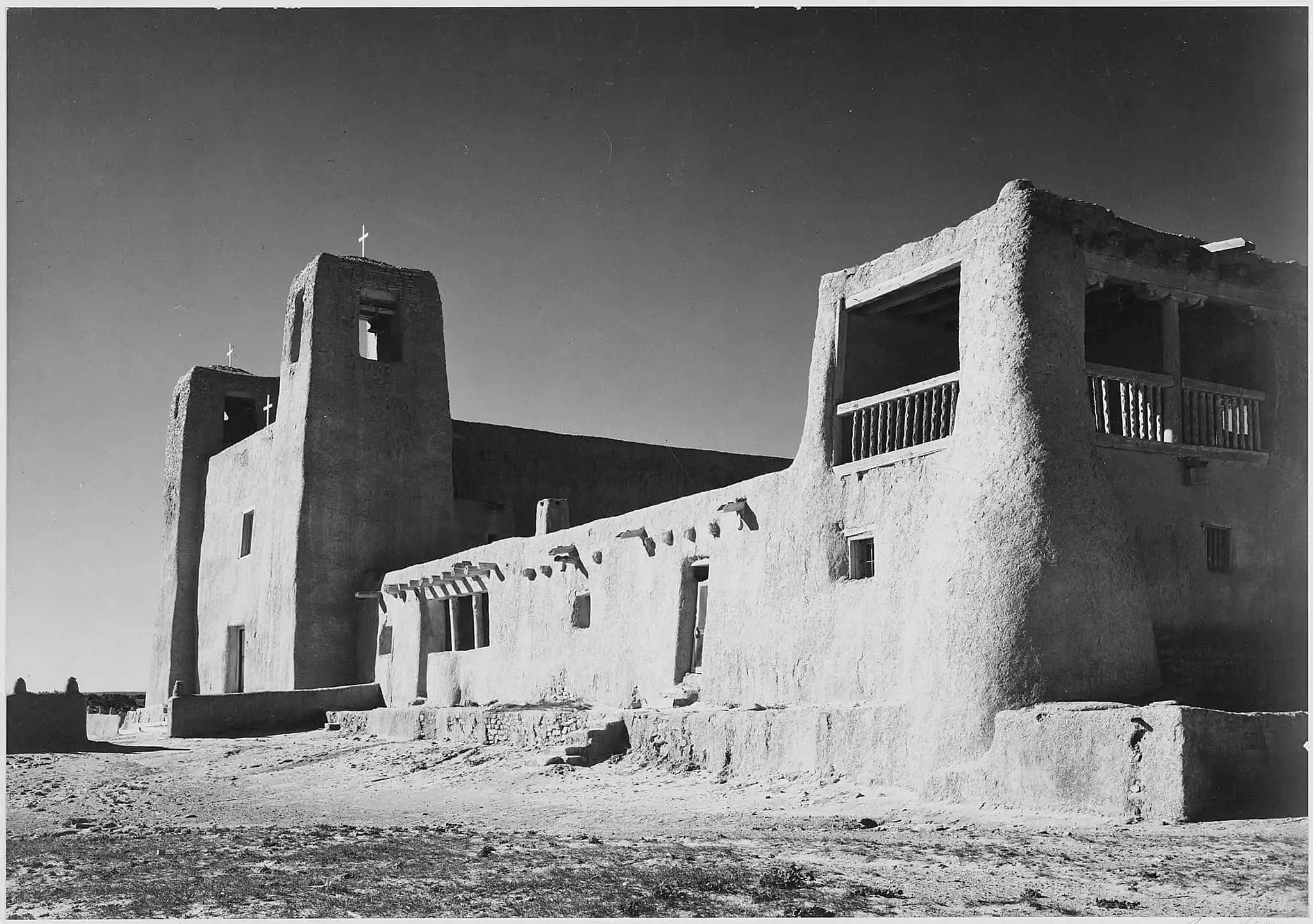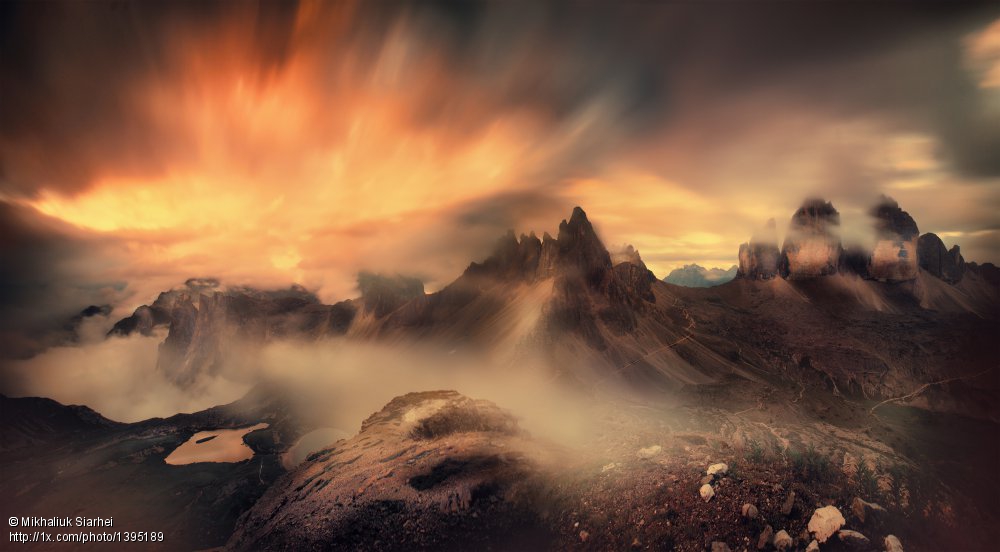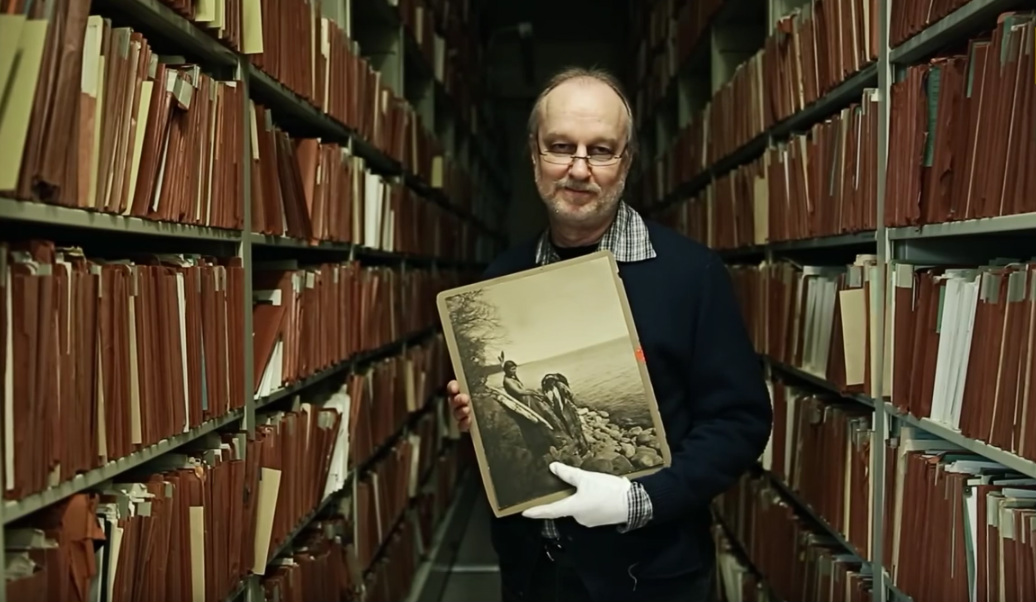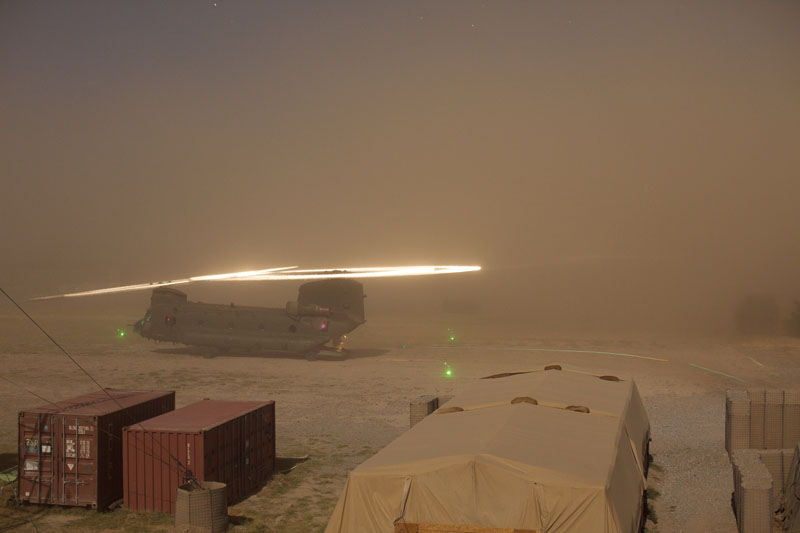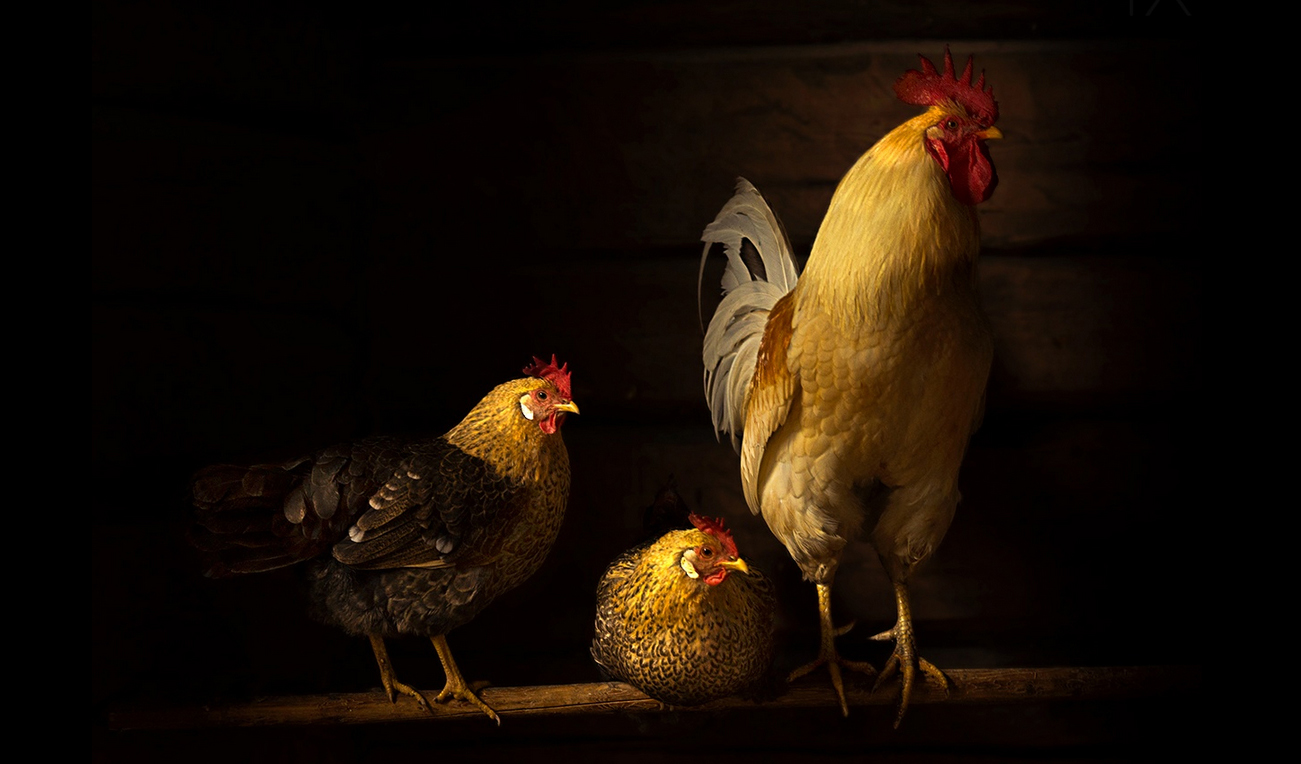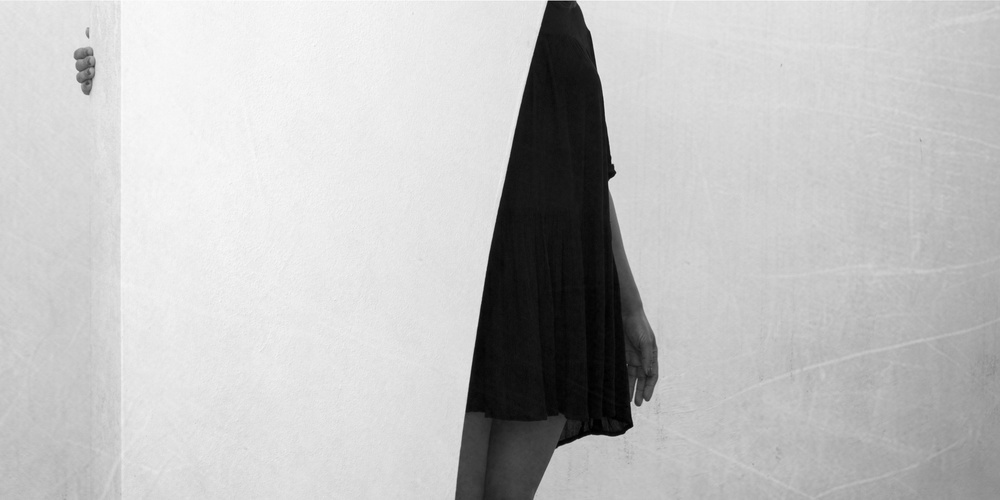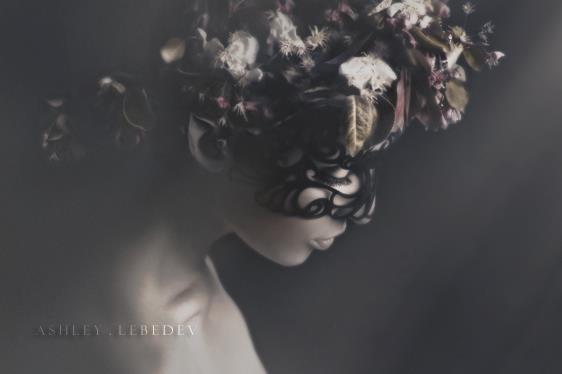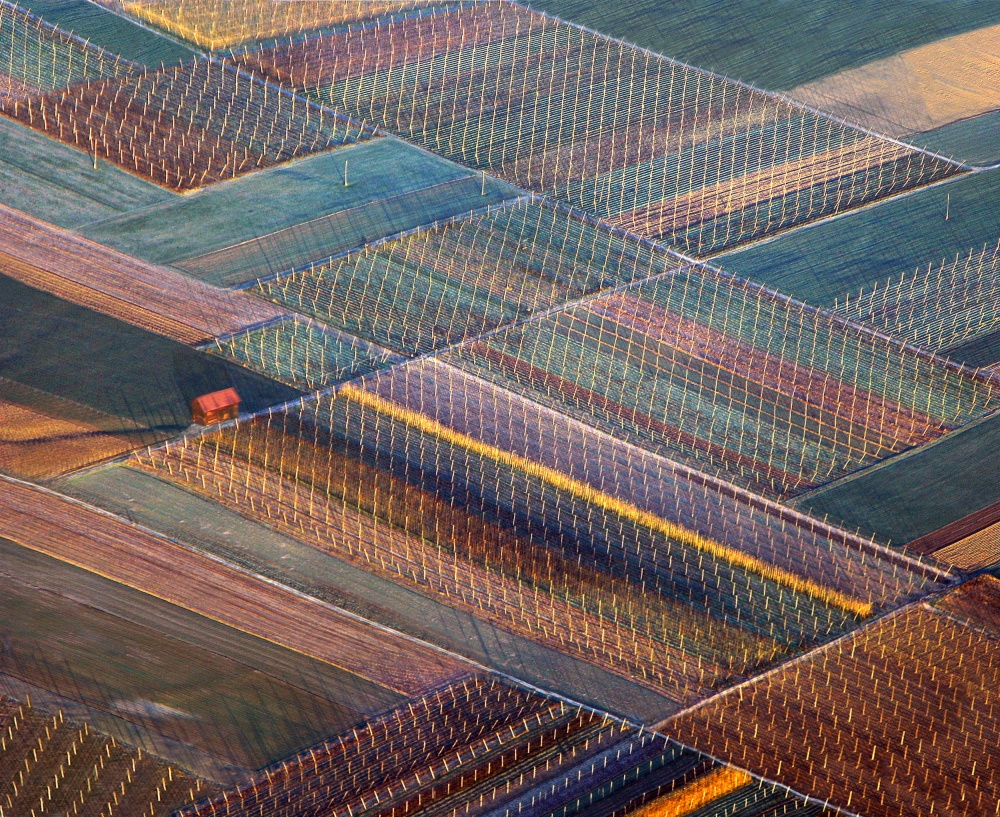Tips & Tricks
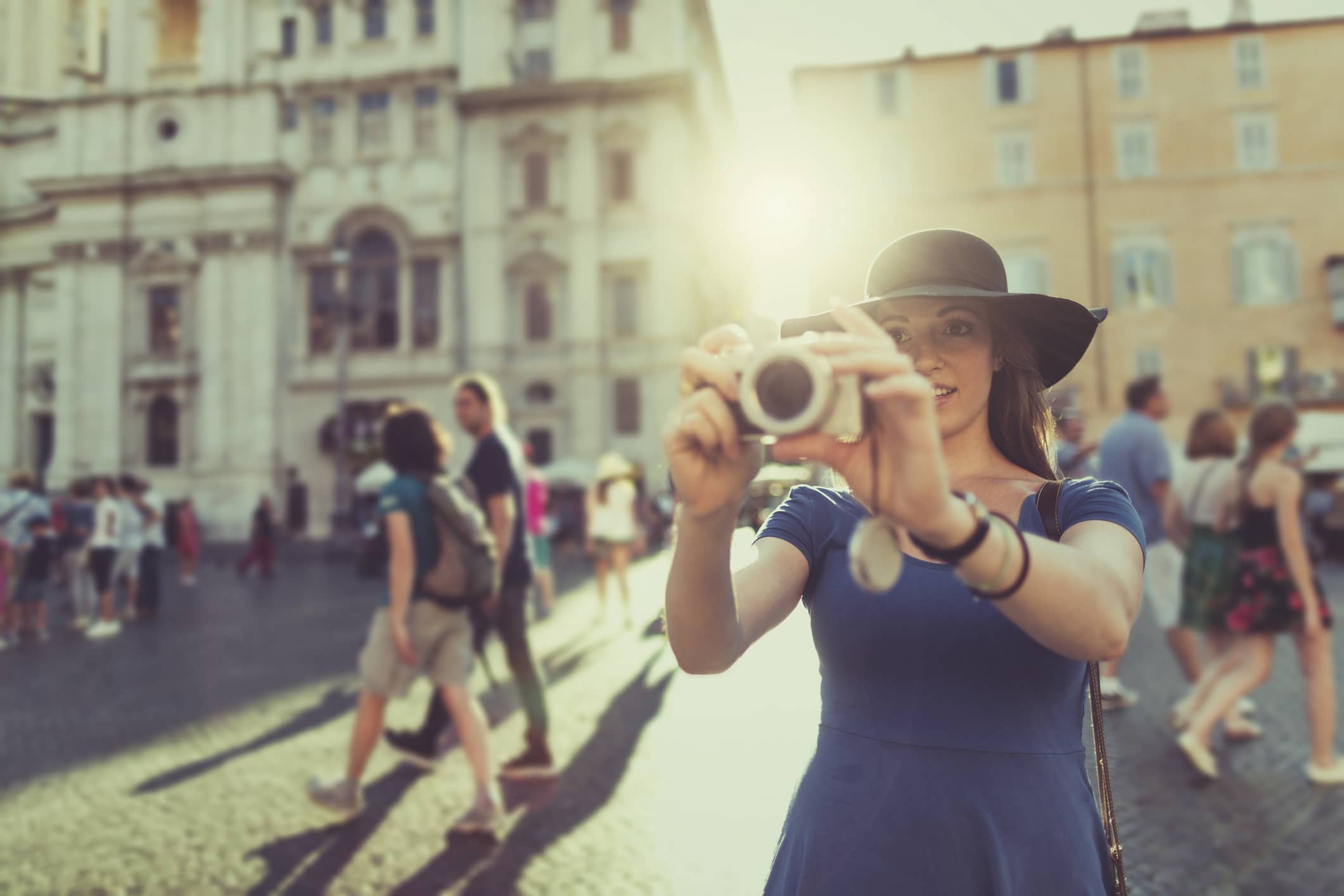
How to Take Pro Photos With a Point-and Shoot Camera
Photography Talk
Point-and-shoot cameras get a bad wrap from some photographers because of their limited features.
But as the old saying goes, the best camera is the one you have with you, so if a point-and-shoot is what you have, you best learn how to make the most of it!
Sure, the capabilities and resolution from a point-and-shoot can't match the likes of a Nikon D850, but that doesn't mean that you can't get professional-quality photos with a little all-in-one rig.
With that said, consider these pointers for getting the most out of your point-and-shoot camera.
Actually Learn How to Use It

My mother loves to take photos, but she has no idea how to work her camera.
That means that she misses half of what she wants to photograph because she's constantly fighting to figure out what the hell she needs to do to actually take said photographs.
As I mentioned earlier, point-and-shoot cameras can't compete with pro-style DSLR or mirrorless cameras. But a camera is a camera, and if you actually understand how to use it, you can get a solid photo.
That means reading the owner's manual and spending some time sitting down with your camera and learning what each button, dial, and menu function actually does.
Help Your Camera Out

No camera can do it all for you, so you need to understand what sort of limitations you're working with with your point-and-shoot.
For example, on-camera flashes tend to emit very bright, harsh light that washes out the subject. That's true for high-end DSLRs and point-and-shoot cameras as well.
That being the case, do what you can to avoid using your camera's flash at all costs.
Use natural lighting, turn on every light in the house if you're shooting indoors, use a reflector to bounce light onto the subject, and so forth.

Some point-and-shoot cameras even have semi-automatic shooting modes like aperture priority or shutter priority. Others even have full manual controls.
If that's the case, use these settings to your advantage so you get photos that are better exposed.
In other words, don't simply rely on the camera to do the work for you in automatic mode. By learning how you can assume control over some aspects of what the camera does, you'll be able to create far better photos in more varied shooting conditions.
Learn More:
- Understanding Aperture Priority and Shutter Priority Modes
- How to Take Better Photos Without a Flash
Make Your Camera Accessible

This might not seem like a big deal, but trust me when I say that the easier it is for you to actually get your hands on your camera, the more photos you will take, and the more photos you take, the faster you will improve as a photographer.
The whole point of a point-and-shoot camera is to have a small form factor so it's easy to carry around.
But even a small camera can get in the way if it's dangling from your wrist all day long...
That's where something like the Black Widow Holster from Spider Holster comes in.
This holster is specifically designed to accommodate point-and-shoot cameras. The good news is that it also works with lightweight DSLRs, too. That means that as you upgrade your camera system, the Black Widow Holster can grow with you.
Just slide the holster onto your belt, screw the plate's steel pin into the tripod mount on the bottom of your camera, and slide the pin into the holster mount for easy hands-free carrying of your camera.
Not only is this a safe, secure way to carry your camera that protects against drops and theft, but with your camera on your hip in a Black Widow Holster, it'll move right along with your body so you don't feel like you have a stiff, heavy camera stuck to your side.
Get a look at the Black Widow holster in the video above from B&H Photo Video.
Learn More:
- Get the Specs and Pricing on the Black Widow Holster
- Explore Other Black Widow Products From Spider Holster
- 3 Simple Ways to Be a More Productive Photographer
Find a Unique Perspective

Using a small, lightweight camera means that you're a little more mobile than you would be with a big full frame DSLR.
Given that added mobility, you have no excuse for continuing to take the same old photos from the same old perspectives.
Instead, give your photos a little more life by taking them from a point of view that's from above or below a normal eye level.
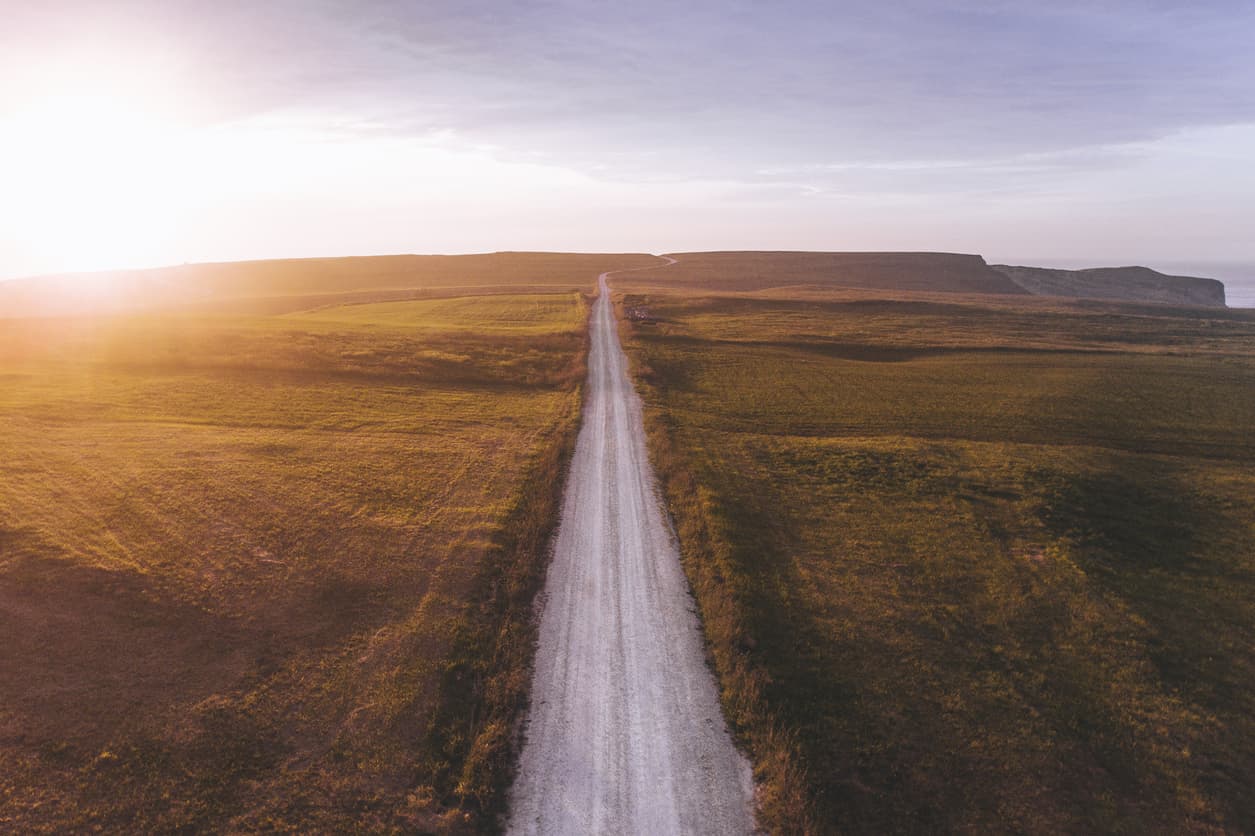
Kneel down or lie down on the ground to snap a worm's eye view of the subject. Then get up higher than what you'd normally view a subject from and snap a bird's eye view shot as well.
By adjusting the perspective from which you shoot, you can manipulate how the subject looks, making it seem larger in the frame from a lower perspective and making it seem smaller in the frame from a higher perspective.
With that, you have four simple, yet effective tips for getting the most out of your point-and-shoot camera!


